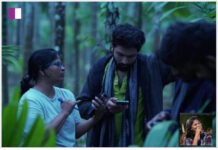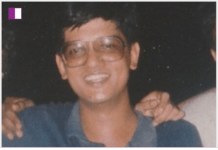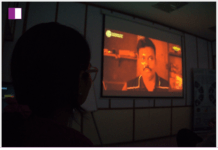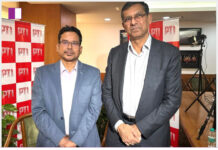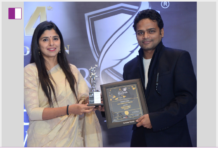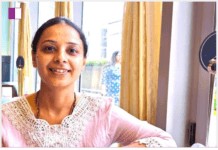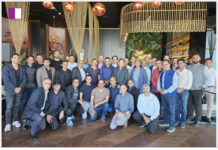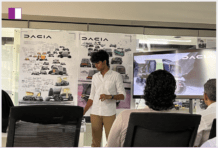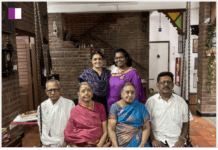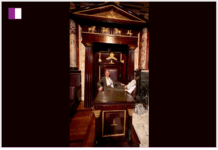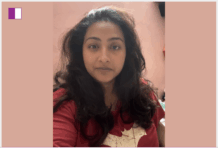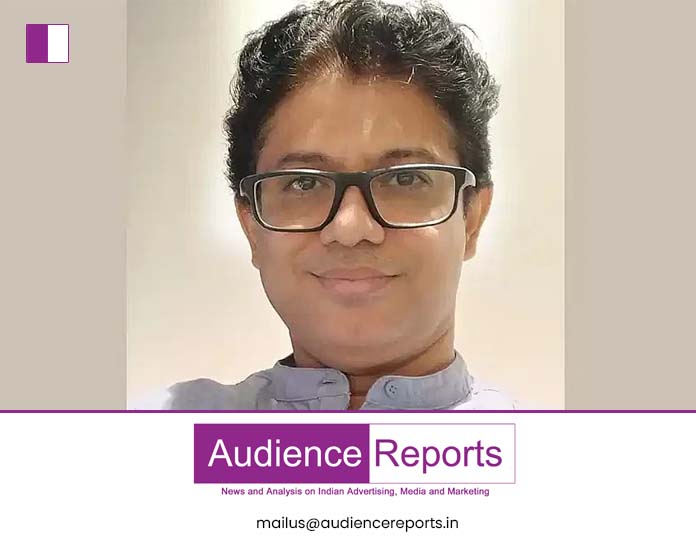Our guest columnist says that only a person looking for blood to save the life of a loved one, can understand the irony of not finding a unit of blood in a country of 1.4 billion.
The legend of ‘Raktbeej’
According to ancient Indian texts, there lived an ‘Asur’ (a mythical Hindu anti-god) named ‘Raktbeej’. He had secured a unique boon from Lord Shiva, one of the supreme deities of the Hindu pantheon, that from every drop of his blood that touches the battlefield, many identical demons would arise to fight the enemies.
This is probably one of the earliest mentions in history of cloning and genetics. And, blood is at the centre of it.
Blood and its components
Blood and its circulation are crucial to a living being’s existence. Blood is the bodily fluid that delivers nutrients and oxygen to the cells, the basic unit of life, and transports metabolic waste products away from the same cells.
Blood includes mainly red and white cells, and platelets, suspended in blood plasma (which is mainly 50% water, and contains proteins, glucose, mineral ions, hormones and carbon dioxide). These components are being continuously produced within the bone marrow.
Vertebrate blood contains red blood cells which, in turn, have an iron-containing protein called hemoglobin. Hemoglobin is responsible for absorbing oxygen and transporting it to the cells and organs across the body. Once it has delivered oxygen to every organ and tissue, it absorbs carbon dioxide from the cells and transports it back to the lungs for re-oxygenation.
White blood cells are much lesser in quantity than red blood cells and form the part of body’s immune function. These help the body to fight against infections and other diseases. Platelets, on the other hand, help in blood clotting or coagulation of blood, thus, stopping wounds from bleeding by forming scabs.
The significance of blood groups
Today, we know that giving an incompatible blood type to a patient can trigger life-threatening complications. However, this was not common knowledge a few centuries ago. It was virtually impossible then to ensure blood transfusions without adverse reactions.
Then, in 1901, Karl Landsteiner discovered blood group types. This ensured that patients received safe blood transfusions, from a person with a compatible blood type.
Main blood groups
Blood type is determined by the A and B antigens, and Rh factor. These are types of protein molecules found on the surface of red blood cells. Although several blood types exist, these are the eight main blood types:
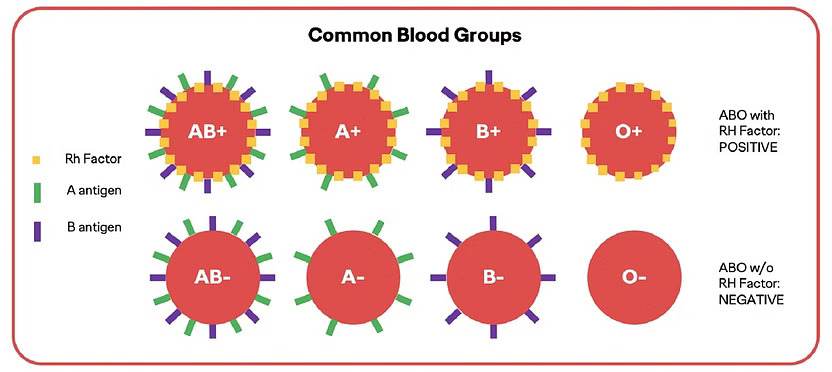
Blood group compatibility
Apart from the type, it is also important to know the compatibility of individual blood groups with each other. People with O negative blood group are known as universal donors, i.e., they can give blood to people with any blood group. However, they can only receive from another O negative donor.
On the other hand, people with AB positive blood group can receive blood from all blood groups and are called universal receivers. However, AB positive can give blood only to people with the same blood group.
Blood shortage in India
Blood transfusion is an essential procedure in medical treatments and surgery, and requires extra blood units. Sadly, in India only about 10% of eligible population donates blood. This results in many thousands dying each year because of non-availability of blood.
There are government and voluntary blood banks to fulfil the requirements, but most of them are ill-equipped to handle the rising demand. This was evident from the blood and plasma crisis that India witnessed during the COVID pandemic.
There is a serious need to raise awareness about blood donation and build an accessible demand-supply system that helps to reach the donors and donees, without delay during a time of need.
A few things can help address the blood shortage:
Public educational campaigns
One of the primary reasons for the low levels of blood donation, is the low awareness and misconceptions about blood donation. Most people think blood donation is a painful and time-consuming process and that it will make them weak in some way. Talking about how blood donation is a safe and easy process, which can be repeated every 3-4 months and can save many lives, is crucial.
Recently, government platforms like e-Rakt Kosh and some private apps like Simply Blood, have been attempting to employ digital connectivity and burgeoning adoption of smart devices to create an ecosystem of donors, blood banks and hospitals to address the massive shortage of blood in India.
However, to be successful, these initiatives will need the support of widespread awareness. Education campaigns in mass and digital media about urgency of the problem and how anyone and everyone can contribute and save lives, can help.
Pop-up ‘blood kiosks’
Additionally, safe, and accessible ‘blood kiosks’ manned by qualified medical staff and with hygienic facilities for blood donors, need to be established across the country. These could play the same role as ATMs did for banking. Increasing accessibility and reducing the load on hospitals.
‘Blood kiosks’ have the potential to help both the donors and donees. For the donors, these can be a convenient nearby place for blood donation, and for those in need of blood, it can be a point of information and connection to donors.
Obviously, setting up a network of ‘blood kiosks’ across India, may need a huge capital investment. Additionally, there is the challenge of transporting blood and ensuring safety.
One way to overcome that, is to create a network of hundreds of travelling pop-up kiosks monitored through GPS technology that report into a few permanent local locations. A hub and spoke model that uses the smaller local storage facilities just like quick commerce, can solve the problem of transportation, specialised storage and also help in local dispensing of blood.
Open donor database
Donor data is also an important part of the equation. Creating an open, secure digital and hyperlocal database of blood types and their availability, can go a long way in bridging the blood shortage. Blockchain technology may help maintain security of the data.
An alert system using targeted real-time mobile notifications that can connect hospitals and donors through the ‘blood kiosks’ and the donor database, will help reduce the wait time involved and save more lives.
Blood: the red blueprint of life
The name of the ‘Asur’ mentioned at the beginning of the article, ‘Raktbeej’, literally translates as ‘blood seed’. Indeed, blood is the seed of human health. It is not just the literal ‘lifeblood’ of most living beings. It also gives us a picture of our internal state-of-health. That’s why majority of health assessment begins with a blood test.
What’s more, blood type is inherited from our parents, just like eye colour. Before DNA tests were the norm, blood types were the most common way of finding out human paternity. These tests have a high accuracy rate and can even determine the biological grandparent. Therefore, quite literally holding the key to our uniqueness and biological diversity.
Blood is an indispensable part of life and a vital part of being healthy. It is a non-negotiable, when it comes to several treatments and surgery. However, only a person looking for blood to save the life of a loved one, can understand the irony of not finding a unit of blood in a country of 1.4 billion. The situation is grim, but the solution is coursing through your body. What you choose to do, is up to you.

